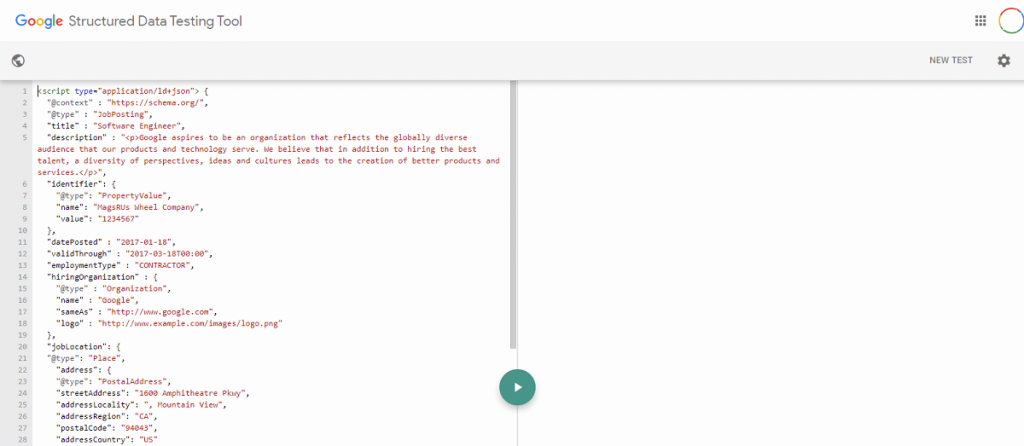
Post a job on Google they said.
It’s a simple way to get your job postings seen by qualified candidates they said.
It’s free to post a job on Google they said.
Is it true? Yes! Is it simple? Not quite. Luckily, we’re here to help. Let’s start with the basics of how to post a job on Google.
Google for Jobs is a (relatively) new product from Google that matches job seekers with relevant, high-quality job listings. Google for Jobs aggregates job posts from around the web and presents job search results in a simple box at the top of the organic search results. Google aims to leverage the power of its search platform to deliver the best job postings to applicants through limitless filtering capability. For recruiters, this is a powerful job listing engine that has the capacity to transform how job seekers find your jobs and to deliver you highly qualified applicants for your job postings.
For job seekers, Google for Jobs is an efficient way to find the specific jobs they are looking for, without being fed the superfluous and irrelevant job postings. By typing in their desired job description, job openings are delivered quickly to the job seeker:

Google boasts on its Google for Jobs landing page: “Have your job postings found by millions of job seekers who search on Google every day.” Why wouldn’t you post a job on Google? That’s obvious. But then there’s the next question: how to post on Google for Jobs?
The question Can I post a job for free? Crops up again. The short answer is yes. The longer answer is: be sure to take into consideration the time required to coordinate with your developer and your developer’s time.

Once Google’s structured data is implemented, test, test, test! You want to be sure that your job postings are showing up on Google.
Also, remember to keep Google informed by doing one of the following:
The first key step is to find out if your ATS is integrated with Google for Jobs. A number of ATS’ have done the work to forward your job posting to Google for Jobs. Keep in mind that some ATS’ declare that they are “integrated with Google for Jobs” however this is often an add-on service, or it requires special processing to ensure that your job does show up on Google for Jobs. If your ATS is not integrated with Google for Jobs, then you will need to work with your developer team to optimize your job postings manually.
One notable ATS that has opted not to play with Google for Jobs is Indeed. Read up on how Indeed’s decision not to integrate with Google is impacting staffing and recruiting agencies.
All talent sourcing teams agree that they want more candidates. Have you ever heard the expression: Meet your audience where they are?
73% of job Seekers start their job search on Google
There’s no shortage of interesting Google for Jobs data, but this statistic is extremely compelling for recruiters and talent acquisition leaders. If you want to get more qualified candidates, you first need them to find your job posts. Post your jobs on Google to meet your audience where there are.